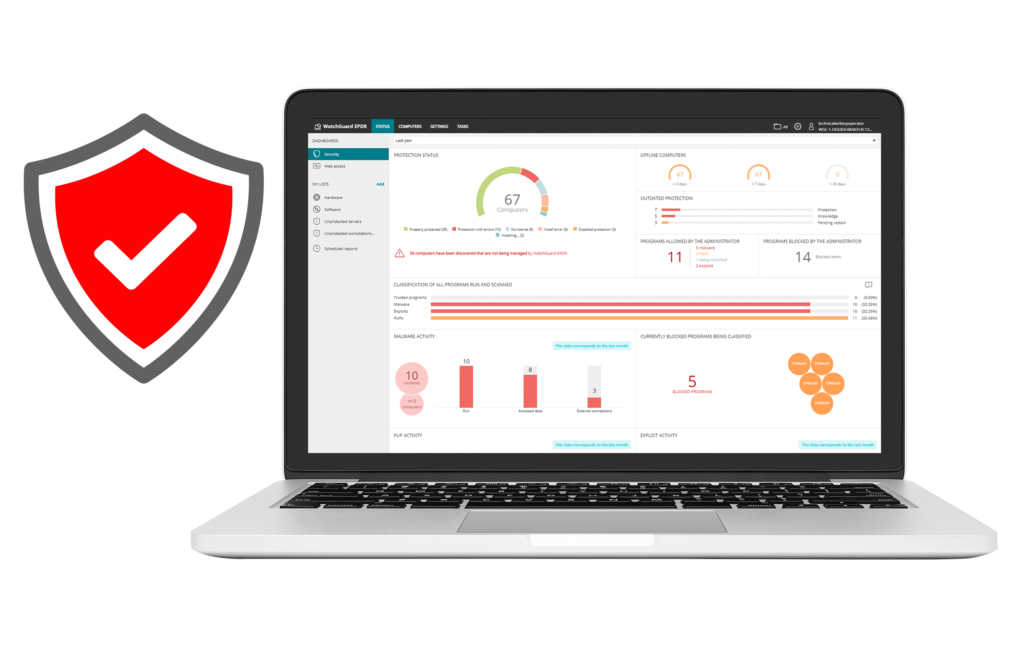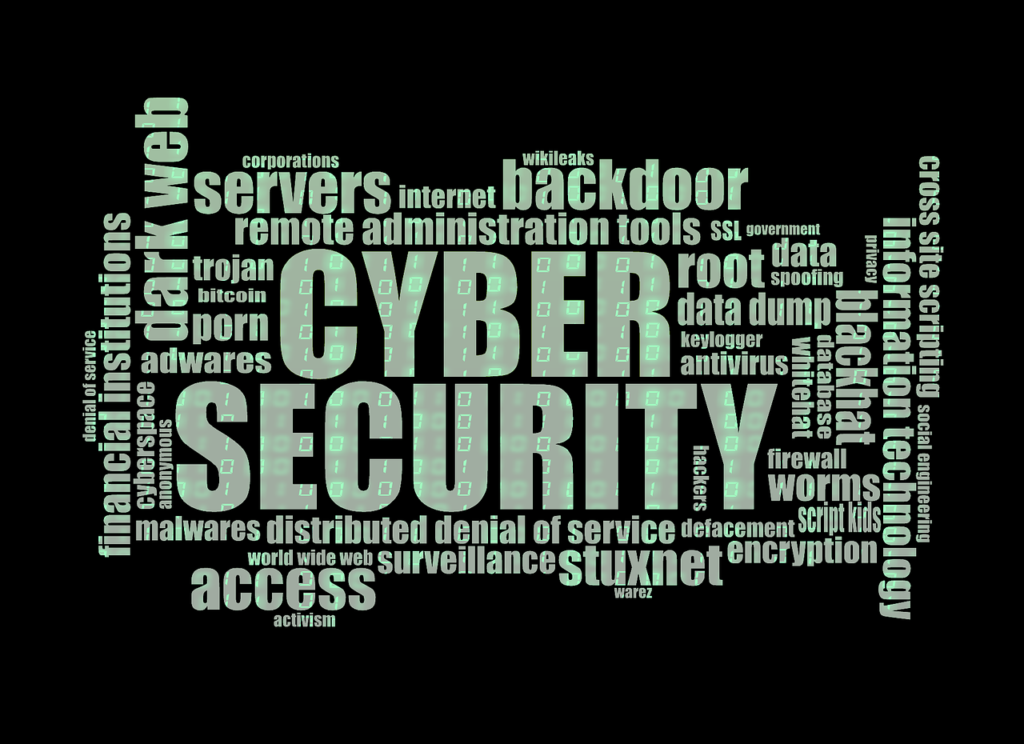These 7 AI Trends Are Sweeping the Cybersecurity Realm
Relentless digital innovation has defined the last few years. The symbiotic relationship between AI and cybersecurity has become pivotal especially…



Relentless digital innovation has defined the last few years. The symbiotic relationship between AI and cybersecurity has become pivotal especially…
LinkedIn has become an invaluable platform for professionals. People use it to connect, network, and explore business opportunities. But with…
In today’s world, technology is ubiquitous, and connectivity is a must. Securing your home network has become more critical than…